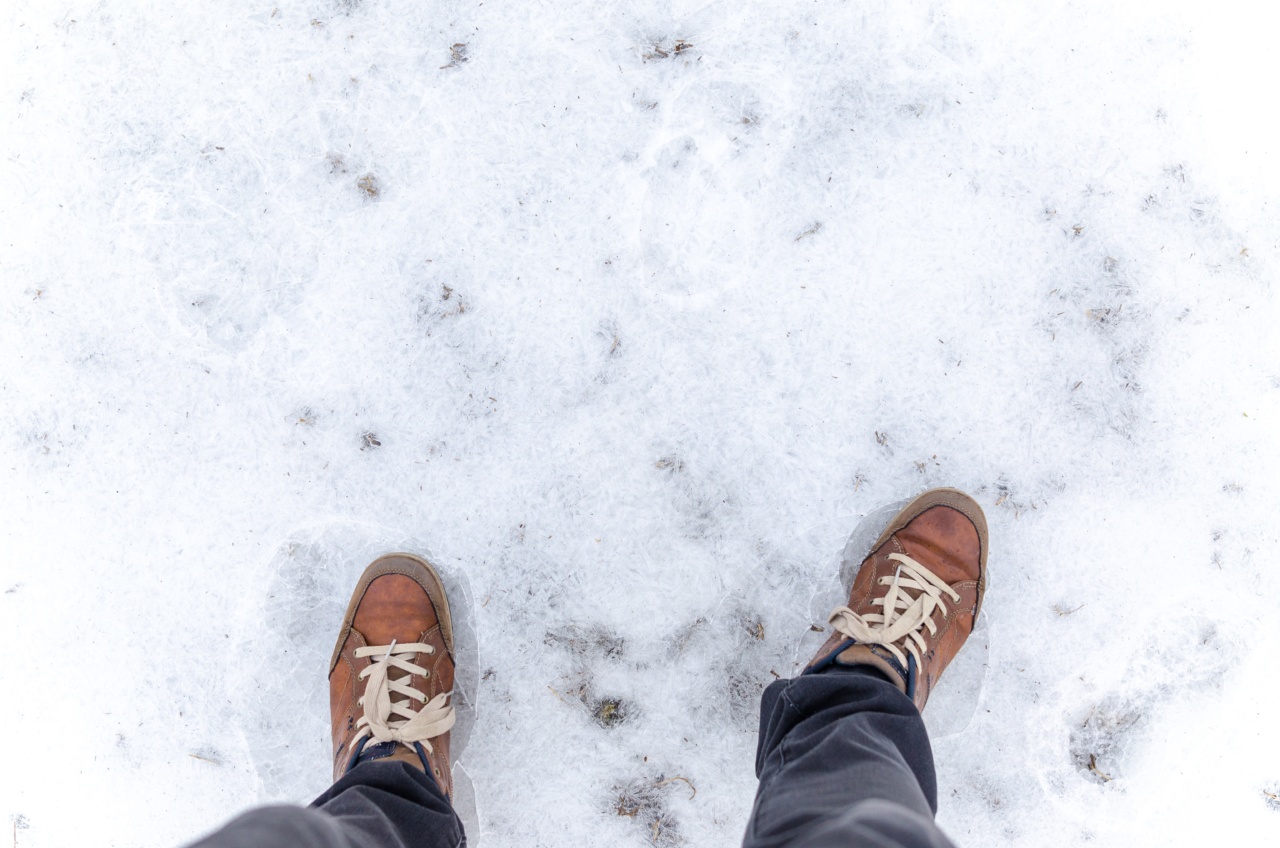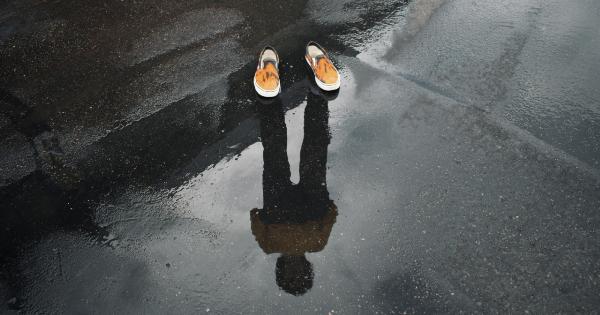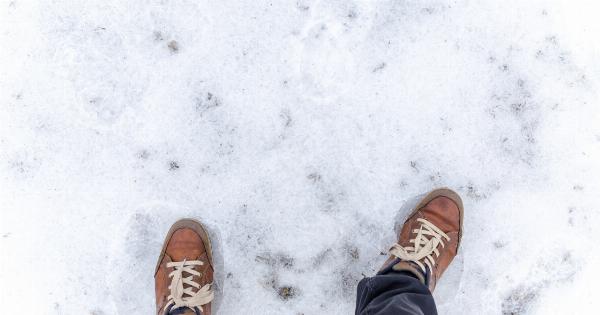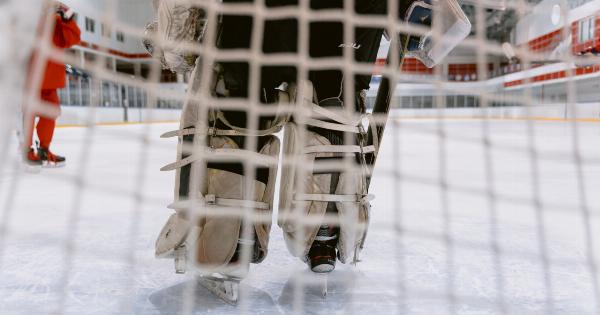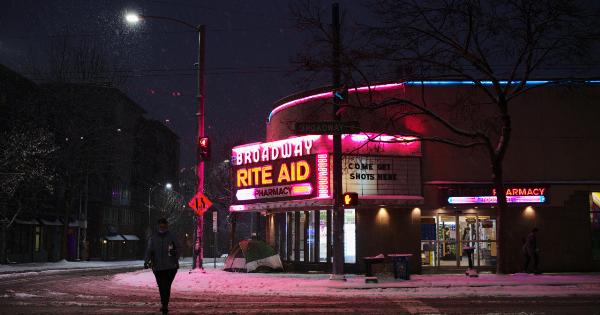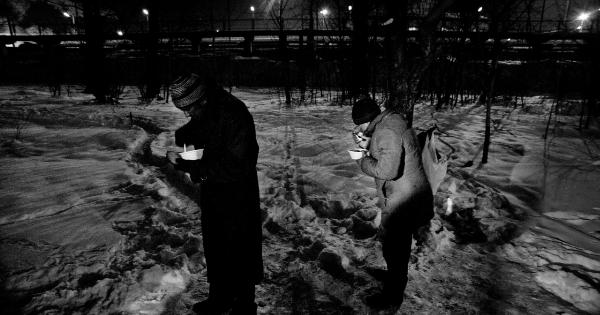Winter is almost here, and unfortunately, so is the possibility of getting cold feet. In some cases, you may even experience frozen legs.
While this is usually not a dangerous condition, it can be very uncomfortable and may lead to further health problems if not addressed. In this post, we’ll discuss why our legs freeze in the cold, how to prevent it, and what to do if it happens to you.
What Causes Frozen Legs?
When your legs are exposed to cold temperatures for a prolonged period of time, your blood vessels will narrow. This is the body’s natural way of preserving heat, but it also reduces blood flow to the area.
As a result, the oxygen and nutrients your legs need to stay warm and function well are reduced, and the muscles and tendons in your legs are unable to work at their optimum level. This is what causes the feeling of “frozen legs.”.
Another common reason why people get frozen legs is due to improper clothing. If you are outside in the cold weather with inadequate shoes, pants, socks, or jackets, you are more likely to experience this condition.
Dressing in layers is essential to keeping your legs warm. Wear insulated pants, wool socks, and waterproof boots to prevent heat loss from escaping from your body.
Preventative Measures
As the old saying goes, “Prevention is better than cure.” Here are some tips to help prevent frozen legs:.
: Dress Appropriately
The key to keeping your legs warm is to dress appropriately for the weather. Make sure you wear appropriate clothing for the weather conditions.
This means opting for wool or synthetic socks that retain heat, sturdy boots that can withstand harsh weather, and pants that fit comfortably. Avoid thin or tight-fitting pants that restrict blood flow to your legs. Wear layers, so you can add or remove clothing as you walk around in the cold.
: Stay Active
Staying active will help keep your blood flowing and maintain warmth in your legs. If you’re going to be sitting for a long time, make sure to take frequent breaks and get your blood moving. Stand up and walk around for a bit.
: Use Warning Devices
Wearing warning devices like reflective clothing, headlamps, and flashlights will help to keep you visible while walking outside. During the darker months of the year or when visibility is poor, it’s especially important to take this precaution.
Treatment for Frozen Legs
If you do experience frozen legs, it is critical to deal with it as soon as possible. Here are some of the things you can do:.
: Move
If you are outside in the cold, move to a warmer area as soon as possible. If possible, go indoors to a heated space and remove any wet or damp clothing. Moving your legs gently will help to get your blood flowing again.
Try doing some exercises that pump your legs, like knee lifts and marching in place, to get the blood moving. It is also important to avoid alcohol as it affects your body’s ability to regulate temperature and increases your risk of hypothermia.
: Heat
Apply heat if you are unable to move indoors. Wear extra layers and try hand warmers and/or a heating pad or hot water bottle on your legs. If you have to take a rest, make sure to remain off the frozen ground and elevated, if possible.
Heat helps to stimulate blood flow to the affected areas of the body.
: Hydrate
Drink warm fluids as soon as you can. Warm liquids help to decrease the risk of hypothermia and rehydrate your body. Avoid drinking anything with caffeine or alcohol, as it can further dehydrate your body.
: Medication
If the problem persists, consider taking non-prescription painkillers such as aspirin or ibuprofen. If you have severe pain or swelling, visit a medical professional as soon as possible.
Wrap-Up
Frozen legs are a common condition that can be prevented by dressing appropriately for the weather, staying active, and using warning devices.
If you feel like you are getting frozen legs, try to get indoors, keep moving, apply heat, and drink warm fluids. With these preventative measures and treatments, you’ll be able to avoid this uncomfortable condition and stay safe in the cold weather.
